Research
Projects are listed chronologically and resulting manuscripts can be found on the Publications page.
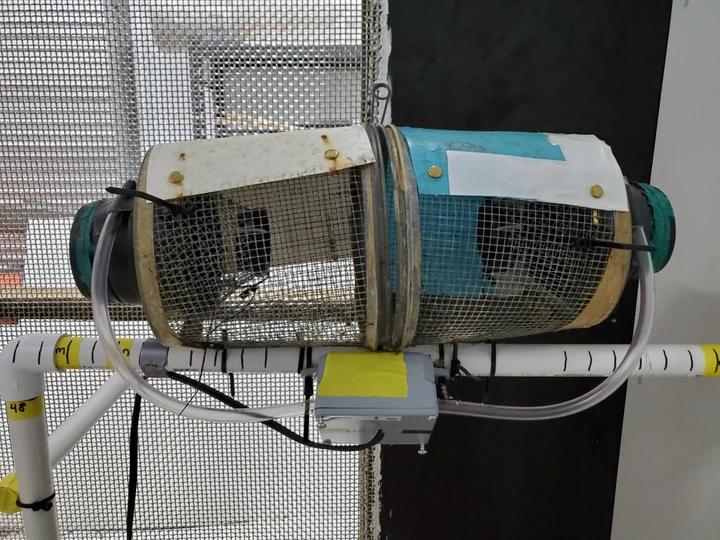
Engineering for wildlife conservation
2020 — Ongoing
Can cross disciplinary collaborations create solutions to intractable problems?
In collaboration with the University of Washington, U.S. Geological Survey, and Aadithya Prakash, we developed an Arduino-based RFID scanner for passive integrated transponder (PIT) tags that is more affordable and flexible than consumer-available devices. Our remote PIT tag reader (aka, RePTaR) was trialed on Guam for use in identifying brown treesnake identities at trapping stations to assist with abudance estimation.
- Can we obtain individual identities through the creation of a remote PIT tag reader system?
2020

Developing methods for estimating brown treesnake density in Guam
2019 — Ongoing
How can we collect data to estimate densities of species in a cost effective yet informative way?
In collaboration with the University of Washington, the U.S. Geological Survey, and U.S. Department of Agriculture, I developed capture-mark-recapture models to estimate the density of invasive brown treesnakes on the island of Guam in order to better understand the effects of removal efforts. Management of this species aims to mitigate the ecological impacts of brown treesnakes on the island’s native avifauna and eventually facilitate the reintroduction of locally extirpated species. I identified modeling approaches that might be used to estimate density of unmarked animals using camera trapping photos at bait stations.
- Can we obtain reliable density estimates of unmarked animals using camera trapping photos?
2019

Optimizing monitoring and management of brown treesnakes
2019 — Ongoing
How can we effectively and efficiently make management decisions?
In collaboration with the University of Washington, the U.S. Geological Survey, and U.S. Department of Agriculture, I am developing a framework to identify and evaluate monitoring and management scenarios aimed to provide decision making tools to managers on Guam. A variety of monitoring and management methods exist by which to sample and remove invasive brown treesnakes, but we aim to create a framework that allows for optimal suites of methods to be identified with respect to their performance and their cost.
- What are optimal sampling schema to inform management decisions with respect to cost?
2019
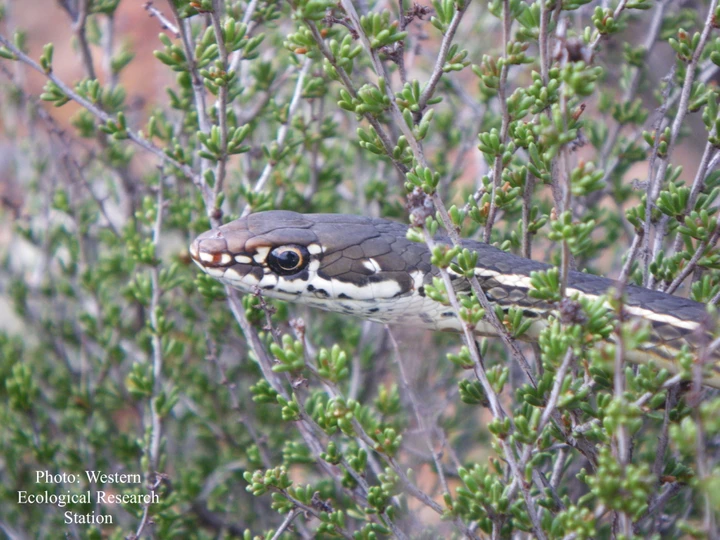
Southern California Fragmentation and Species Communities
2014 — Ongoing
How do small vertebrate communities change in response to fragmentation?
In collaboration with the Western Ecological Research Station, I analyzed species community data using multispecies occupancy models to better understand patterns in species richness. This will allow managers to better understand species richness-fragment size relationships when determining land parcels in which to invest.
I also explored the if range position or life history traits can help explain species responses to changes in fragment size. I plan on continuing this work by understanding alpha, beta, and gamma diversity across fragments in the Southern California landscape. This work allows managers to better understand individual species risk to altered landscapes in addition to understanding biotic homogenization in a fragmented landscape.
- Does species richness change as fragment sizes change?
- How does life history or range position influence a species response to fragmentation?
- Can range position or life history traits predict species’ sensitivity to fragmentation at different scales?
2014
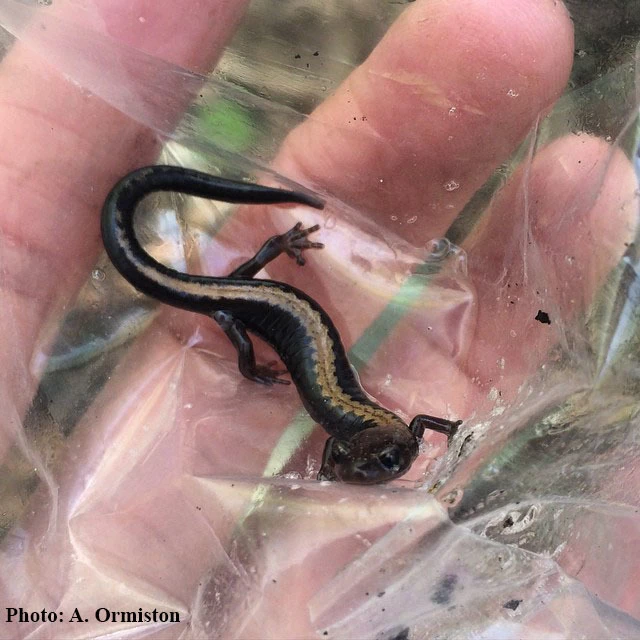
Shenandoah salamander range boundaries
2014 — 2019
How does interspecific competition help shape species ranges?
Shenandoah salamanders are a range-restricted, federally-listed species, occurring only on the tops of certain mountains in Shenandoah National Park, Virginia. The range boundary of this species is currently not well-defined, and the factors setting these limits need to be better elucidated to assist in conservation efforts. Temperature and humidity likely play a large role in establishing the lower limits of the Shenandoah salamander's range, but competition with another native salamander, the red-back salamander, may also be important.
By surveying for both species along the range boundary, I modeled and compared the current distribution of each species along these mountain tops using single and two species occupancy models. In addition, I measured individual physical traits and behavioral use of habitat to understand if and how competitive interactions between these two species influence physical and demographic traits where they overlap.
- How do interspecific interactions potentially alter species traits and behaviors and structure range limits?
- Can divergence or similarities in traits and behaviors help explain patterns in species occurrence?
2014
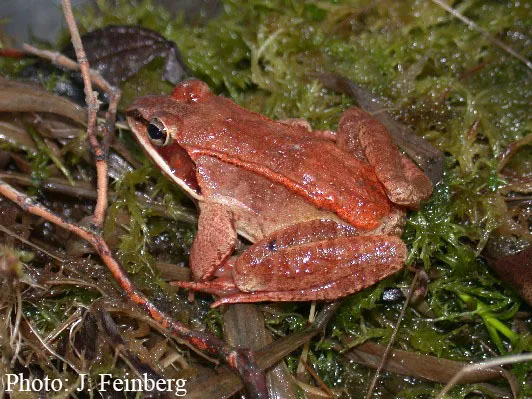
Wood frog range dynamics
2014 — 2017
How does the response of breeding of wood frogs to annual variation in weather variables vary across their range?
Using egg mass count data for wood frogs (Lithobates sylvaticus) from across their broad range, I investigated how count data and trends in abundance vary in respect to climatic conditions to better understand patterns and variation across the species range. Using dynamic state space models to incorporate annual and regional climate, I tested hypotheses concerning breeding conditions, water availability, and overwintering survival across the range.
- Can responses to annual variation in weather be predicted by site location within the broader climate niche occupied by the species?
- Is there a single optimum value for climate or is there evidence for local variation in climate responses as evidenced by local optima?
2014
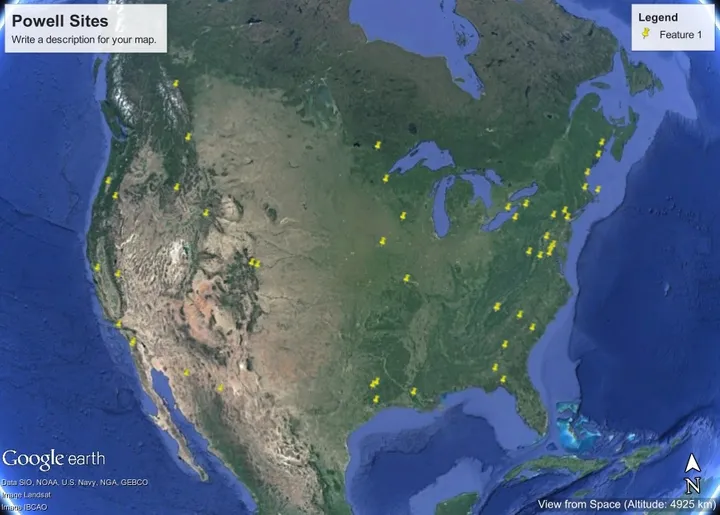
Powell Center - Amphibian Decline Working Group
2013 — 2016
What trends exist in amphibian occupancy across North America and what factors are responsible?
I worked under the John Wesley Powell Center as a data technician and then graduate fellow in the Amphibian Decline working group. Collaborators from across the United States, Canada, and Europe were involved in this broad-scale, collaborative project. We were interested in large scale patterns in amphibian occupancy and understanding declines at continental scales using occupancy models. This involved analysis of amphibian monitoring data from long time series and from broad spatial scales. Our focus was on understanding the role of water availability and other climate-related factors in explaining patterns of amphibian occupancy.
- What can continental trends in amphibian occupancy tell us about climate factors affecting this group?
2013
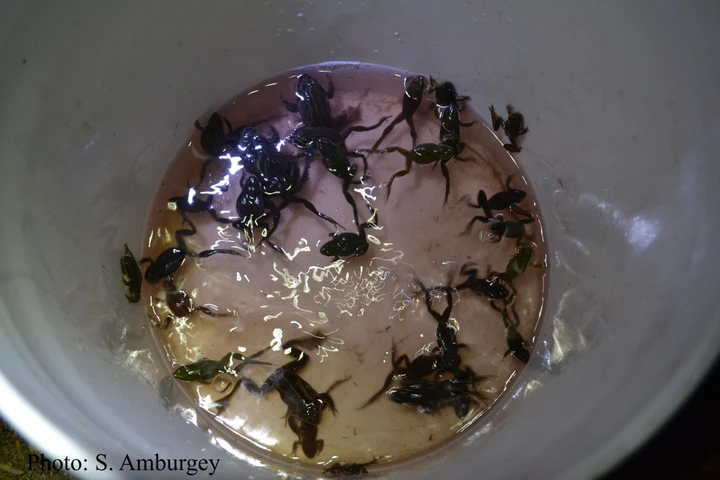
Population dynamics of a high elevation pond breeding amphibian
2011 — 2013
What factors influence the demography and persistence of high elevation pond breeding amphibians?
In collaboration with the USGS Fort Collins Science Center, we hoped to better understand the dynamics of high elevation amphibians. Using long time series of capture-mark-recapture data in high elevation populations of Boreal chorus frogs (Pseudacris maculata), we increased our basic ecological and demographic knowledge of this species. In addition, this pond-breeding amphibian is a useful system in which to understand the importance of climate, hydroperiod, and the impacts of climate change on high elevation, montane amphibian species. We approached this through continued data collection of marked populations, analysis of current monitoring data, and data reclamation efforts from studies conducted in the 1960s and 1970s.
- What are basic demographic estimates in Boreal chorus frogs and how does climate impact this species across time?
2011